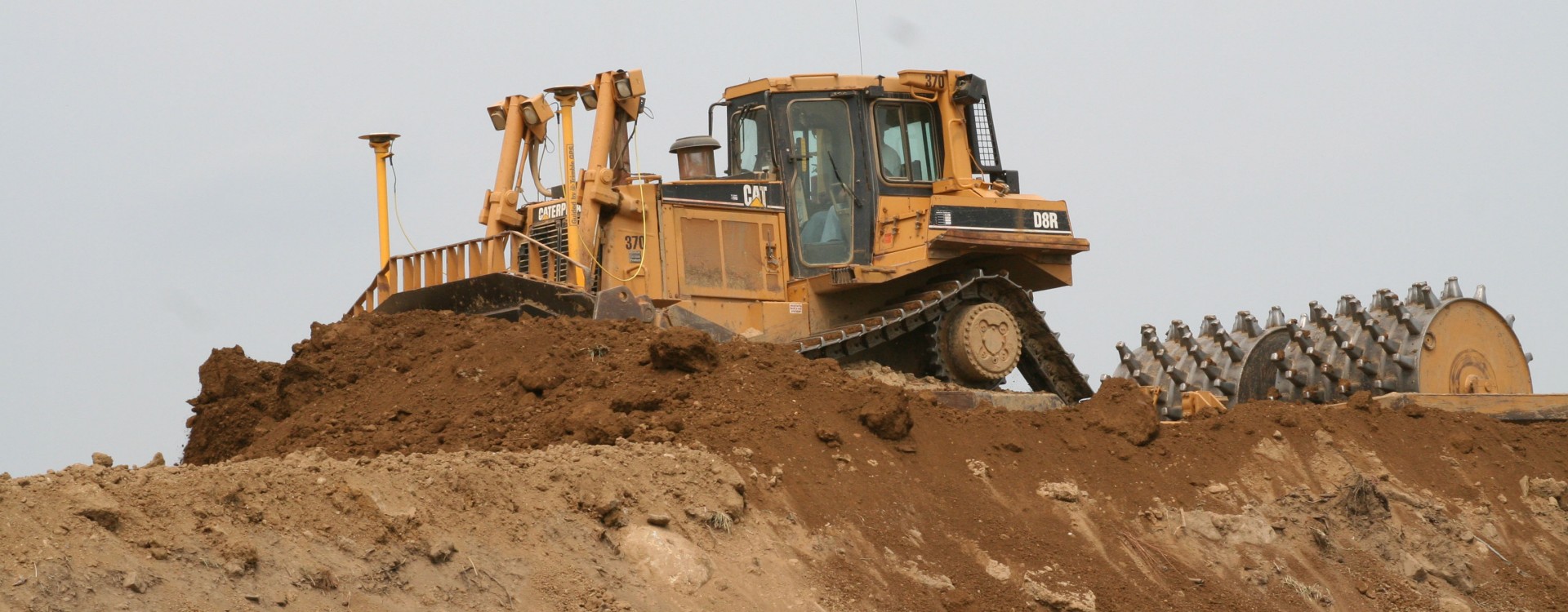Today, employers are facing new challenges in the field of drug testing. The use of synthetic drugs is on the rise, and laws prohibiting the use of medicinal and recreational marijuana are disappearing. With these changes, it appears that employers will be forced to succumb to substance abuse in the workplace; however, this is not the case. There are a few key things employers can do to combat these growing drug trends, specifically for non-regulated (non-DOT) testing.
Understanding synthetic drugs is the first step toward minimizing their existence in the workplace. While there are multiple brands of products, synthetic drugs mainly fall into one of two categories: cannabinoids and stimulants. These drugs are manufactured in underground laboratories by people commonly referred to as basement scientists. These scientists take a chemical compound and spray the mixture over other products that are intended to emulate other drugs. For example, a synthetic cannabinoid compound might be sprayed over a leafy product like oregano to resemble marijuana. Unfortunately, testing employees for synthetic drugs has proven to be a challenge. As laboratories learn to test for one specific compound, basement scientists have already developed 10 more compounds to take its place. In addition to having a limited ability to test for certain synthetic substances, the process is expensive.
Another hot button issue raising concern for employers is the potential for recreational marijuana use to become legal. Washington and Colorado are the first two states in the nation to legalize the use of recreational marijuana, and more states are likely to join the list. Alaska law currently allows the use of medicinal marijuana, and upcoming elections will put recreational use to a vote. So what can employers to do combat the prospect of employees showing up for work under the influence of synthetic drugs or under the influence of marijuana? The answer is to develop a policy that is clear to all employees. As mentioned before, it is expensive to test for synthetic drugs. It would be cost-prohibitive to test each employee for these substances; however, a company policy can outline when the employer has discretion to test for additional substances. This would allow an employer to test an employee for synthetic drugs if it feels the test is warranted.
Marijuana is slightly different, so it is necessary to review state statutes when deciding on a marijuana policy. Alaska allows the use of medicinal marijuana; however, the statute pertaining to marijuana states that employers are not required to make accommodations for employees who use medical marijuana. The proposed statute that would allow the legal use of recreational marijuana states this as well. Even with Alaska statutes explicitly stating that employers do not need to accommodate a marijuana user, a company policy should also clearly state the company’s stance on marijuana use.
Lastly, the items that have been addressed thus far pertain to non-regulated testing. However it is important to know the Department of Transportation has taken a solid stance on its marijuana policy. Marijuana is still classified as a Schedule I substance; therefore, there is no accommodation for marijuana use.
Overall, it is important to understand that, even with the rise of synthetic drugs and the potential to legalize recreational use of marijuana, a company can still maintain its drug-free workplace.
Actively updating and distributing your company policy to all covered employees is the best way to ensure that employees understand the company stance on use of prohibited substances. Inform employees of the dangers and consequences of using these substances in the workplace, and ensure that supervisors are aware of the signs and symptoms of drug abuse. Following these steps will help your workplace remain safe and drug-free.
By Adam Hall, C-SAPA, and Brennen Portalski, C-SAPA



